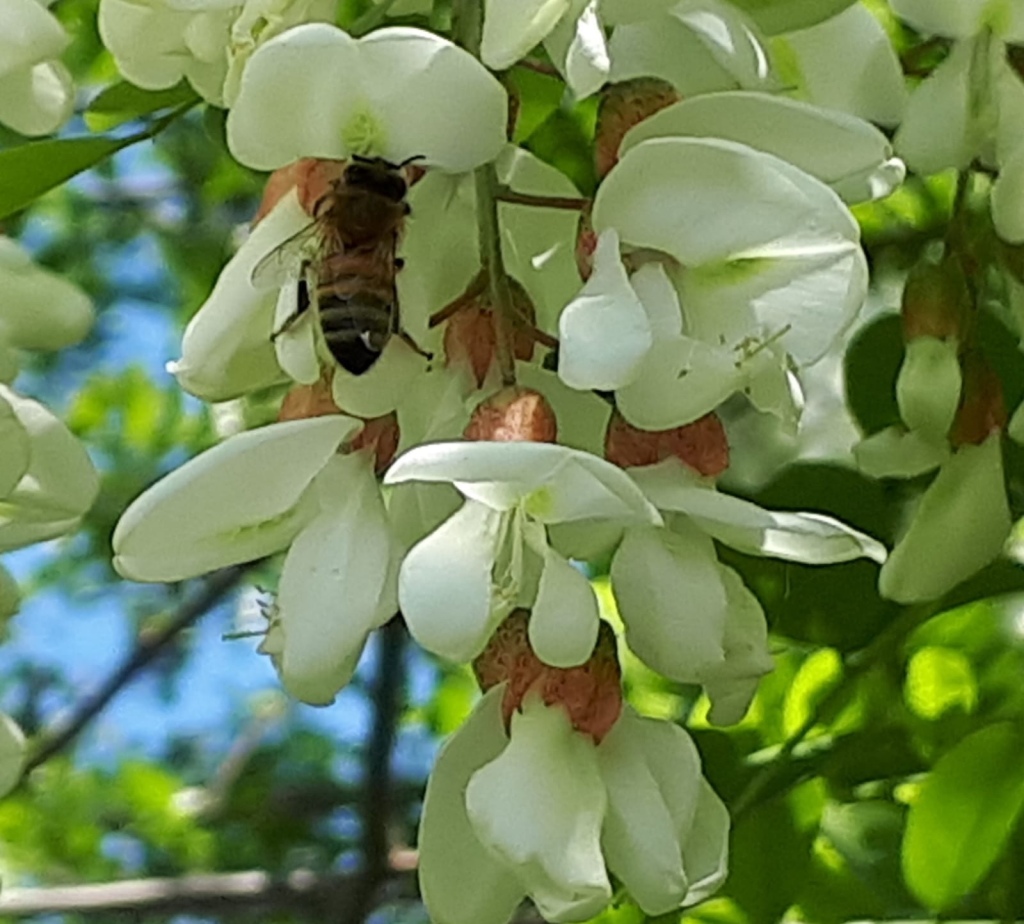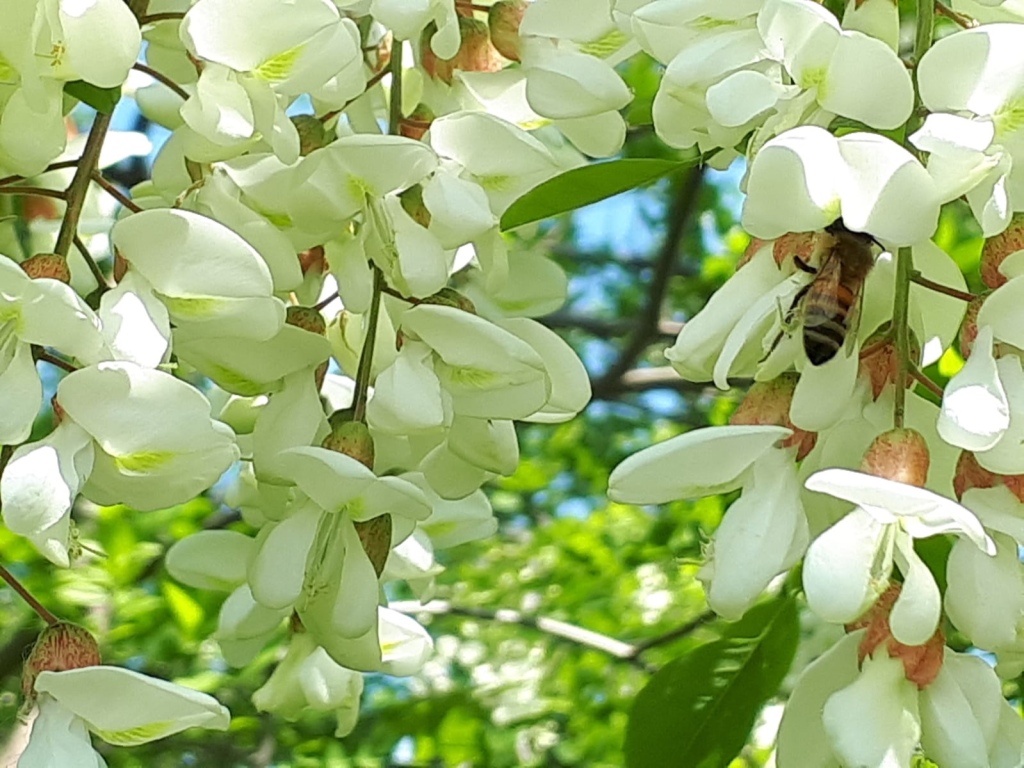What a strange spring it’s been or rather what a perfect spring it would be if it weren’t for the Covid19 virus. As far as the weather is concerned, I can honestly say it’s the nicest spring we’ve had in the last five or six years. A real spring with lots of warm sunny days and enough rain in between. A spring in which we didn’t launch immediately from winter to summer over the course of two weeks, for a change. The season has blessed us with lush green lawns, fields, flowers and weeds, lots of weeds. Having being freed for just over a week from our strict quarantine, it is a good time to explore the fields and forests. Very few things are actually open yet and I must admit to not wanting to walk much among people even as I desperately miss my friends and family and long to hug them. Many of them are too far away for this to be possible even if there weren’t a travel ban in effect so I try not to think too much about it. Wandering around again is a novelty and I really get the feeling that that life is booming around us. There are birds I’ve never seen before fluttering through tree branches and bushes, far less road noise, more chirping and buzzing and vibrant hues of green with flowers bursting out everywhere. One of the first things we did as we were finally freed to roam was to wander along the edges of farm fields where the corn is just starting grow, and the wheat and barley are tall and sway in the breeze but are not yet mature. There is a green belt near home where we go every year to pick wild hops, and this year, I also gathered what the Italians call Acacia or what you might know as Black Locust flowers. When I first came to Italy in 1997 a friend of mine, (thank you Cappe) told me that you could take the locust flowers and batter fry them. You can’t say I don’t listen, but it took me 22 years to put this idea into motion. I guess I’ve been busy?
The Acacia plant is a prickly beast that I wouldn’t want to prune. We don’t have any in our yard, but they grow like crazy in all of our green spaces. Robinia pseudoacacia is it’s scientific name and it is considered an invasive species that is native to North America. Invasive or not, I love it and nearing the trees, there is a constant low buzzing sound. Bees love them and one our favorite types of honey is made from it’s flowers. They have a heavy sweet perfume that permeates the air around them and frying them brought this scent out beautifully.
The ingredients for making this recipe are very simple. You make a simple pastella, aka. batter.
Pick bunches of Acacia flowers, a dozen or so works for this recipe.
Mixed together in a flattish bowl:
5/6 tablespoons of flour, you do want your batter to be too runny nor too thick but you can adjust this at the end by either adding for flour or more water.
A scarce half cup of water
4 Tablespoons of a dark ale or red lager
A pinch of salt
1 teaspoon of sugar
Blend all these ingredients together making sure there are no lumps left, and refrigerate for half an hour.
In the meantime, wash your bunches of Acacia flowers, shake them a little bit to get the excess water out, and leave them to dry on a clean towel.
Once the batter has rested In the refrigerator, take a frying pan and heat up a few inches of oil in the bottom until it’s nice and hot, test it with a drop of batter to make sure it sizzles. Dip your Acacia bunches in the pastella, and put them into fry for roughly two minutes on each side or until they’re a lovely golden brown. Remove them from the oil, drain them on a paper towel and once they’re cool, dust them lightly with a bit of powdered sugar I recommend eating them while they’re hot but they are good at room temperature too, they’ll just lose some of their crispiness.

If you are lucky enough to live someplace that you have access to these tasty flowers get them while you can and let me know how you like them. Foraging is fun!








I never knew they were called black locust trees! What a strange name for such a pretty tree. I’m going to try to make the fritters tonight. Thanks for sharing.
Let me know how you like them.?
I can practically smell the flowers and hear the buzzing of the bees. What a lovely post. Thank you.